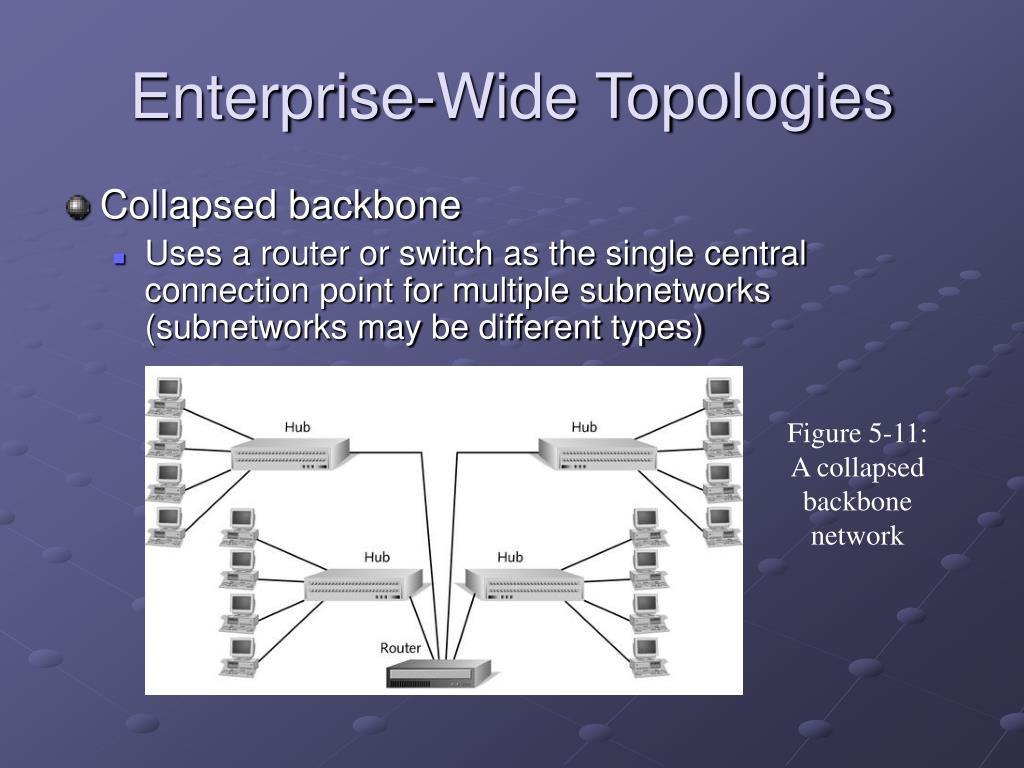

CAT6 support speeds of 1 Gbps for length up to 100 meters and 10 Gbps up to 55 meters.It is the most used network cabling specification in the world. CAT5 wire is now replaced by the CAT5e designs providing an enhanced crosstalk specification allowing it to support speeds up to 1 Gbps.CAT3 and CAT4 are both used for Token Ring networks for higher network speeds.CAT2 supports speeds up to 4 Mbps and used frequently for token ring networks. CAT1 which is used for telephone wire.UTP cable is used for both conventional telephone and computer networking. It is the most admired type of network cable in the world. It has become the standard for connecting networks between buildings because of its resistance to lighting and moisture.Įnsure your system establishment is 100% consistent and converse with Dimtech today. This makes them perfect for certain atmospheres which contain huge amount of electrical interference. It removes the problem of electrical obstruction by transmitting light rather than electronic signals. Fiber Optic Cableįiber optic cabling consists of a center glass core surrounded by many layers of protective materials. Shielded cables can also help in expanding the distance between the cables. Shielded twisted pair may be the answer if you want to place the cable in an area with potential interference and risk to the electrical current in the UTP. An external shield which functions as a ground is added to the normal twisted pair telephone wires. It is a special kind of copper telephone wiring used in business installations.

The two types of coaxial cables are thin coaxial and thick coaxial. It can handle great cable lengths between network devices than the twisted pair cable. The metal shield blocks outer interference from motors, fluorescent lights, and other computers.Ĭoaxial cabling is extremely resistant to signal obstruction though it is complex to install. A plastic layer provides insulation between the braided metal shield and center conductor. It has a single copper conductor in the middle. The various types of network cables act as the backbone of the network infrastructure. The type of cable selected for a network depends on the network’s size, topology, and procedure. Network cable acts like a medium through which information travels from one network device to the other.


 0 kommentar(er)
0 kommentar(er)
